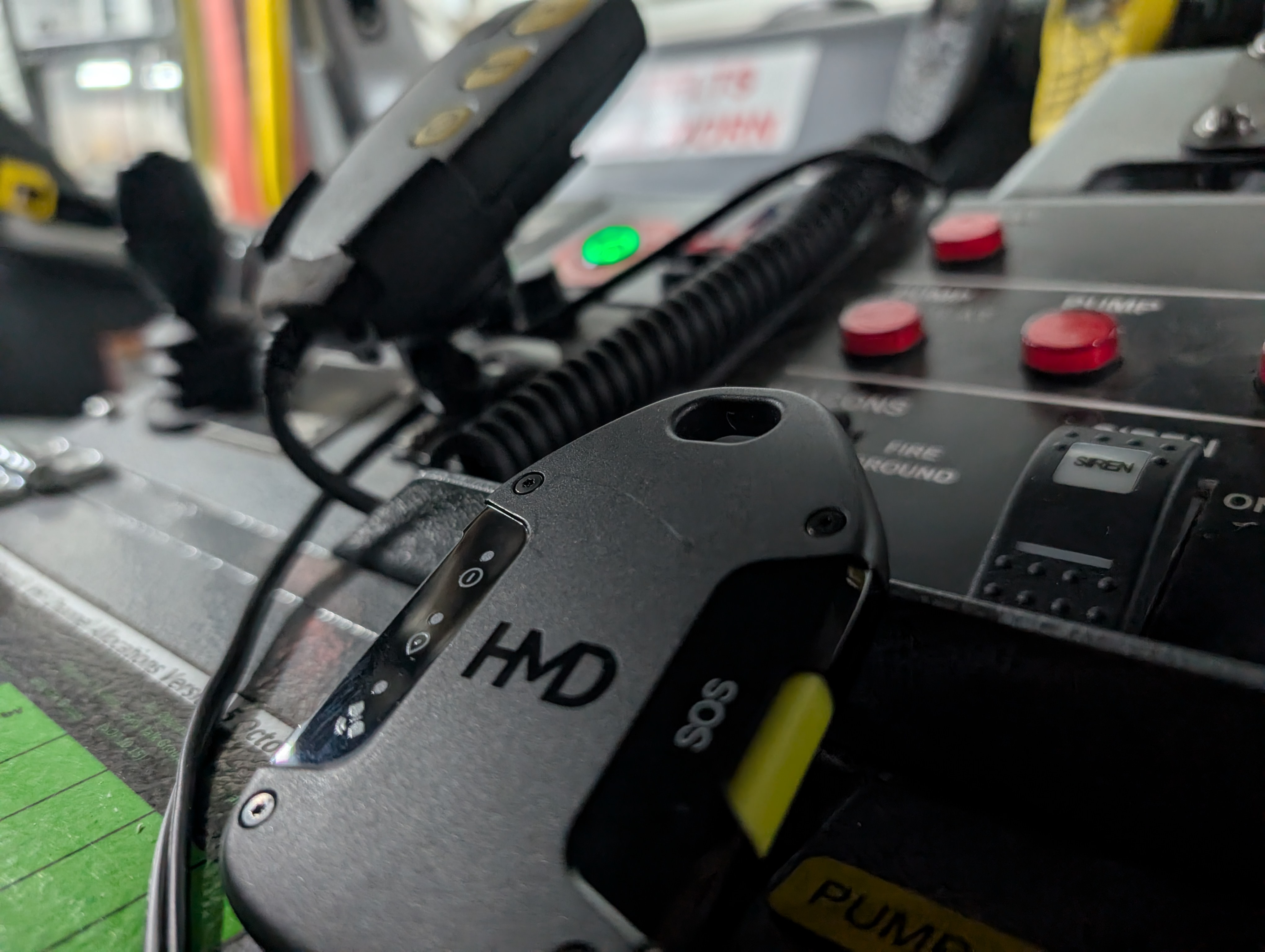This week the government-owned NBNCo announced that Australia’s National Broadband Network had passed 10 million homes, with those properties now able to connect to the national network. With just one year until the network build is scheduled to be completed, there’s 1.6 million homes to go.
The network, which began as the promise of near universal fibre to the premises technology, is now majority built on copper-based technologies, including the poorest of connections Fibre to the Node which can deliver some rather poor experiences for customers.
Of the 10 million properties ready to connect, though, only some 5.5 million households have taken up the new network. In order to meet its own targets, NBNCo needs to get another 2 million customers connected in the next year or so, which might prove challenging given it connected only 1.5 million in the last year.
On the NBN’s side is the 18 month window from “ready for service” after which existing fixed-line services are decommissioned. At that point, customers wishing to retain their internet connections either need to take up an NBN plan, or connect via an alternative means such as 4G or alternative carrier options e.g. TPG in fibre-enabled buildings.
Perhaps unsurprisingly, after that 18 month window, 75% of premises that can connect to the NBN are doing so.
The news from NBNCo comes this week as internet providers have unveiled plans in the UK to deliver near universal fibre to the premises, with promises of gigabit speeds. Granted, the UK is smaller than Australia and the undertaking will be somewhat easier, but the move further solidifies Australia’s NBN as a failure of public policy, and the “winners” are the Australian people who’ll suffer through a less than capable network for years, and the taxpayers who’ll ultimately foot the bill.


.jpg)

